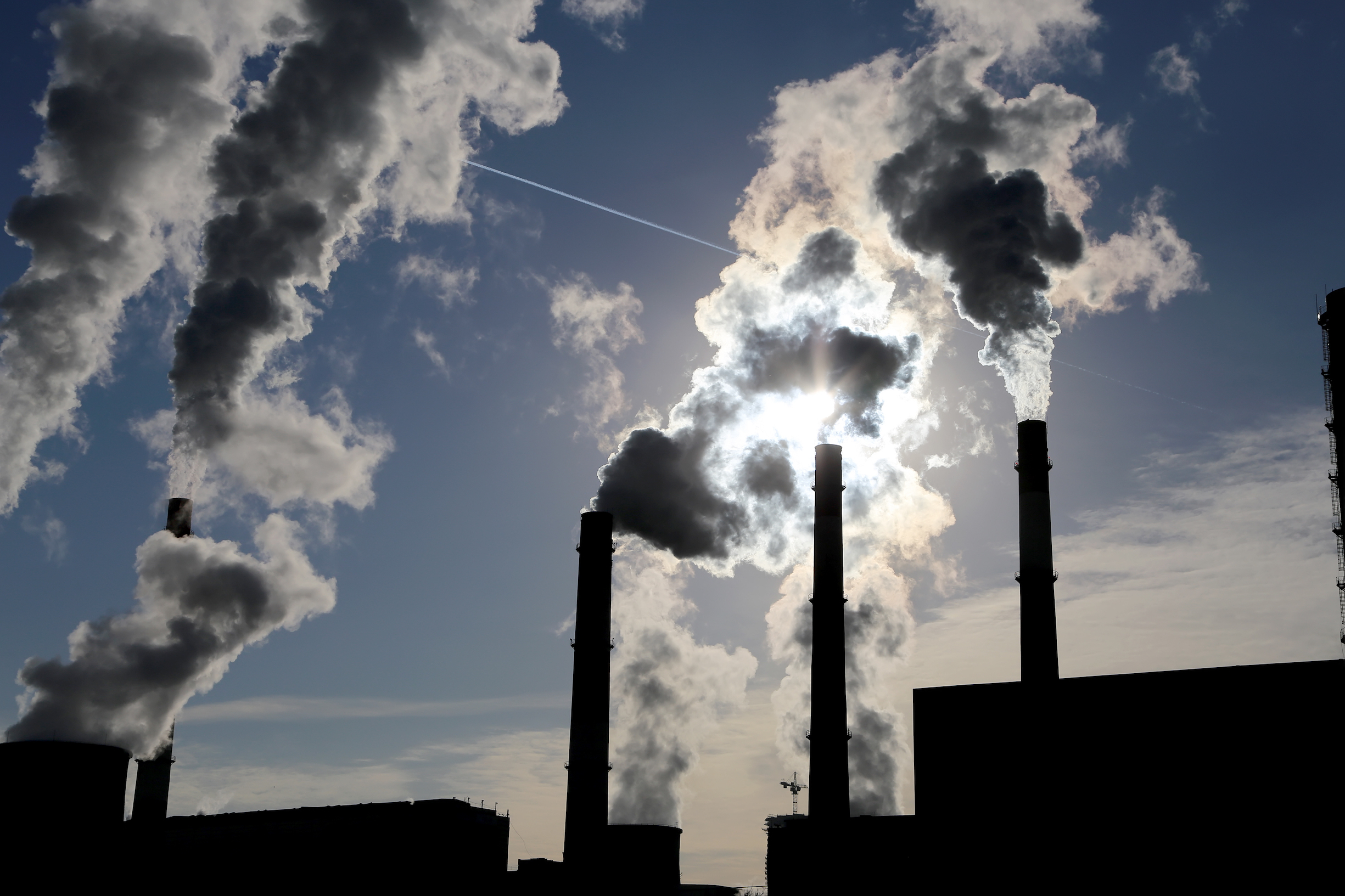
Earth’s largest mass extinction may have been due to coal burning
There has been much speculation about what triggered the world’s largest mass extinction at the end of the Permian period nearly 252 million years ago. A recent analysis of rock samples in Utah indicates that the event was primarily caused by widespread coal burning and the rapid climate change that followed.
Scientists have previously linked the catastrophe to many potential causes, including an asteroid impact and ozone shield failure.
The Great Permian Extinction completely wiped out around 70 percent of the planet’s terrestrial species and up to 97 percent of marine species. Scientists estimate that it took as long as 10 million years for life on Earth to rebound.
Dr. Benjamin Burger is an assistant professor of Geology at the Uintah Basin Regional Campus of Utah State University and lead author of the current study.
The research is based on rock samples collected from a newly discovered Permian-Triassic boundary in an area of Utah that was once the western coastline of the supercontinent Pangea. Dr. Burger described this finding as a “phosphorus-rich rock layer of carbonate rocks that represent a tropical coastline of a once more biologically rich reef complex.”
Analysis of the rock samples did not reveal evidence of the rare metals that would be present if an asteroid impact had corresponded with the Permian Extinction. The experts did, however, detect high levels of mercury and lead, which are linked to the burning of coal.
Dr. Burger’s theory is that 300,000 years of volcanic activity in the Siberian Traps ultimately led to the release of massive amounts of magma underground, which ignited the coal.
The emissions generated from large amounts of coal burning would have rapidly warmed the planet and acidified the oceans, wiping out almost all aquatic life. Toxic gases produced from the dead marine animals killed species on land, and the methane released from rising ocean temperatures exacerbated global warming.
“Things went from bad to worse, and you can now begin to understand how life nearly died out,” Dr. Burger told the Guardian. “Global warming, acid oceans, anoxia, not to mention a toxic atmosphere. We are lucky to be alive at all!”
Dr. Burger has published a preprint of his research here.
—
By Chrissy Sexton, Earth.com Staff Writer













